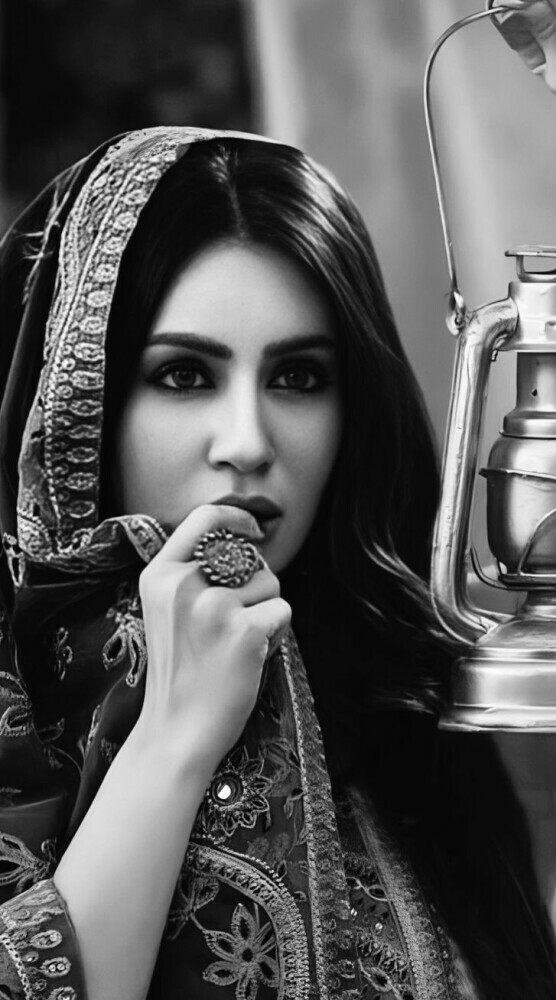Evolution Of Women’s Rights In South Asia

The evolution of women’s rights in South Asia is a captivating story that spans centuries, weaving together history, culture, and resilience. In ancient times, women in South Asia held significant power, serving as scholars, warriors, and leaders. Figures like Gargi and Maitreyi were renowned philosophers from the Vedic period, illustrating the early prominence of women in intellectual and social spheres.
However, as societies transitioned into the medieval period, the societal fabric began to shift. Patriarchal norms tightened their grip, and women’s roles became increasingly restricted. This era witnessed the rise of practices such as purdah (seclusion) and child marriage, severely limiting women’s freedoms and autonomy.
The 19th and 20th centuries brought winds of change, primarily driven by social reform movements. Reformers like Raja Ram Mohan Roy, who campaigned against the practice of sati (self-immolation of widows), and Savitribai Phule, a pioneer in girls’ education, played pivotal roles in challenging oppressive traditions. These reformers planted the seeds of transformation that would later flourish

Women themselves were instrumental in this evolution. Leaders like Sarojini Naidu and Begum Rokeya Sakhawat Hossain were not only fighting for independence from colonial rule but also advocating for women’s rights. They became powerful voices in the struggle for gender equality, laying the groundwork for future generations.
The independence movements in South Asian countries had a dual purpose: achieving national freedom and advancing women’s liberation. Post-independence, countries like India, Pakistan, and Bangladesh saw significant legislative changes. Constitutions were crafted with provisions for gender equality, and laws were enacted to address issues such as dowry, domestic violence, and workplace discrimination.
While legal frameworks evolved, social and cultural changes followed at a slower pace. Nevertheless, women in South Asia began to break barriers in every field, from politics to science, arts to sports. Leaders like Indira Gandhi, Benazir Bhutto, and Sheikh Hasina demonstrated that women could lead nations and influence global politics.

Today, the future of women’s rights in South Asia is being shaped by contemporary activists and trailblazers. Movements like #MeToo and various grassroots campaigns are challenging deeply entrenched norms and advocating for a more equitable society. Young women are more empowered, educated, and connected than ever before, driving forward the momentum for change.
The journey of women’s rights in South Asia is one of continuous struggle and progress. It is a testament to the resilience and determination of women who have fought tirelessly for their rights, carving out spaces for themselves in every sphere of life. Their story is a powerful reminder of the ongoing quest for equality and the bright future that lies ahead.
